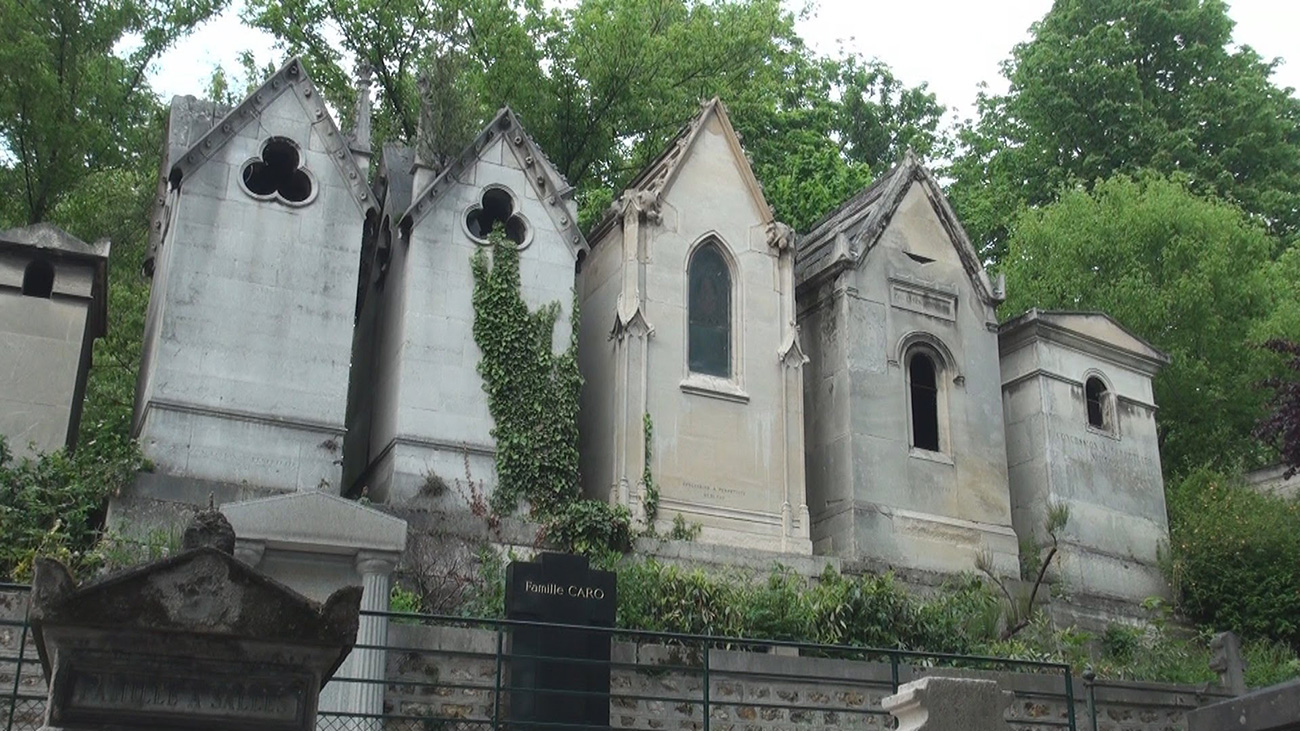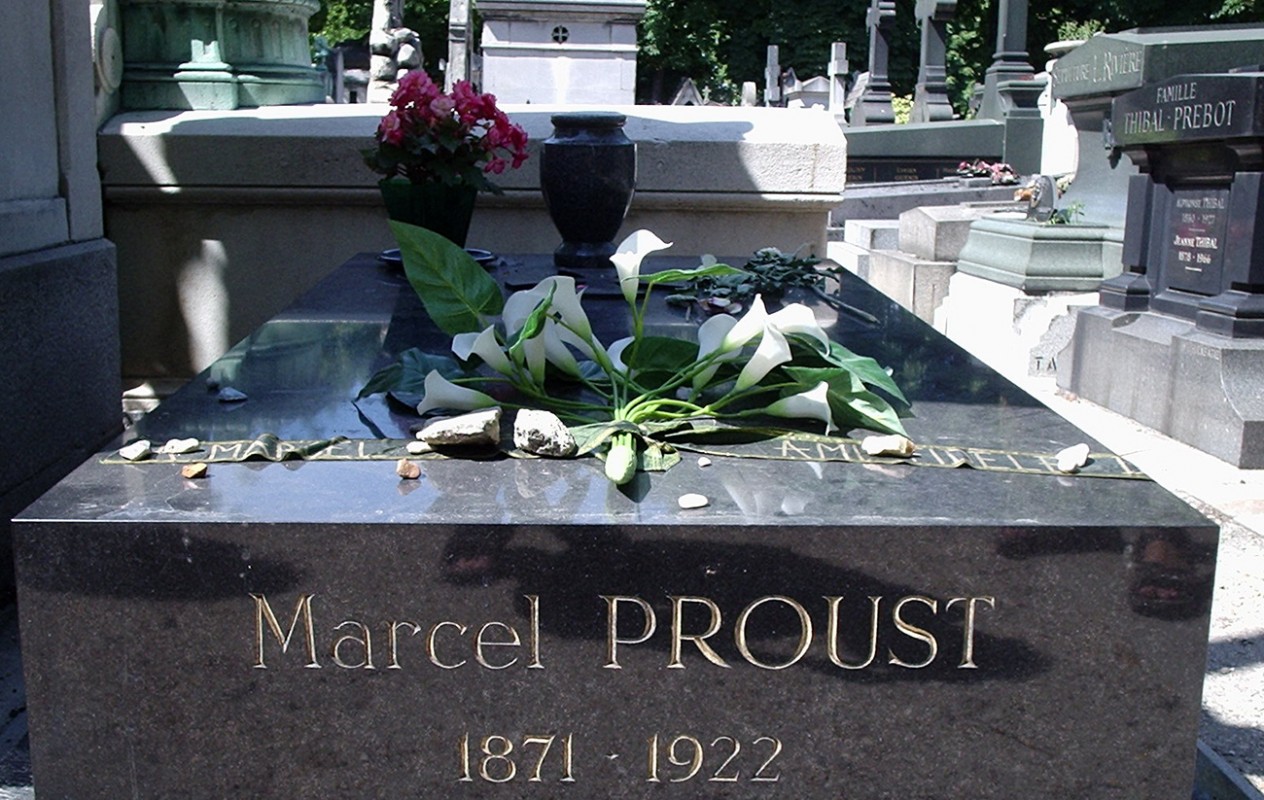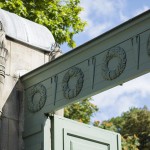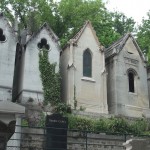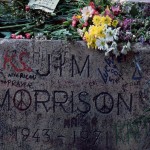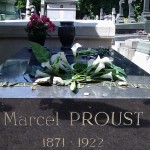Père Lachaise cemetary
The new cemetery was named after Père de la Chaise, who was King Louis IV’s confessor. The priest lived in a Jesuit house, which was located at the site of the present-day chapel. The land was sold to pay debts and was set-aside as a cemetery. Napoleon I established Père Lachaise in 1804, and it was commissioned and designed by architect Brongniart. In the early nineteenth century, the bodies of French playwright Molière as well as the famous lovers, Abelard and Heloise, were transferred to rest in Père Lachaise. This was done to establish the new cemetery as a place of status. Soon after, Père-Lachaise became identified with the rich and famous as well as a confirmed role of government.
Its tombs bear the names of major figures from the worlds of literature, theatre and music. When the cemetery opened on 21 May 1804, however, Parisians were reticent, and eleven years later, in 1815, there were fewer than 2,000 tombs in the 17-hectare enclosure of the time. The situation was such that those in charge of the cemetery even considered launching a major advertising campaign!
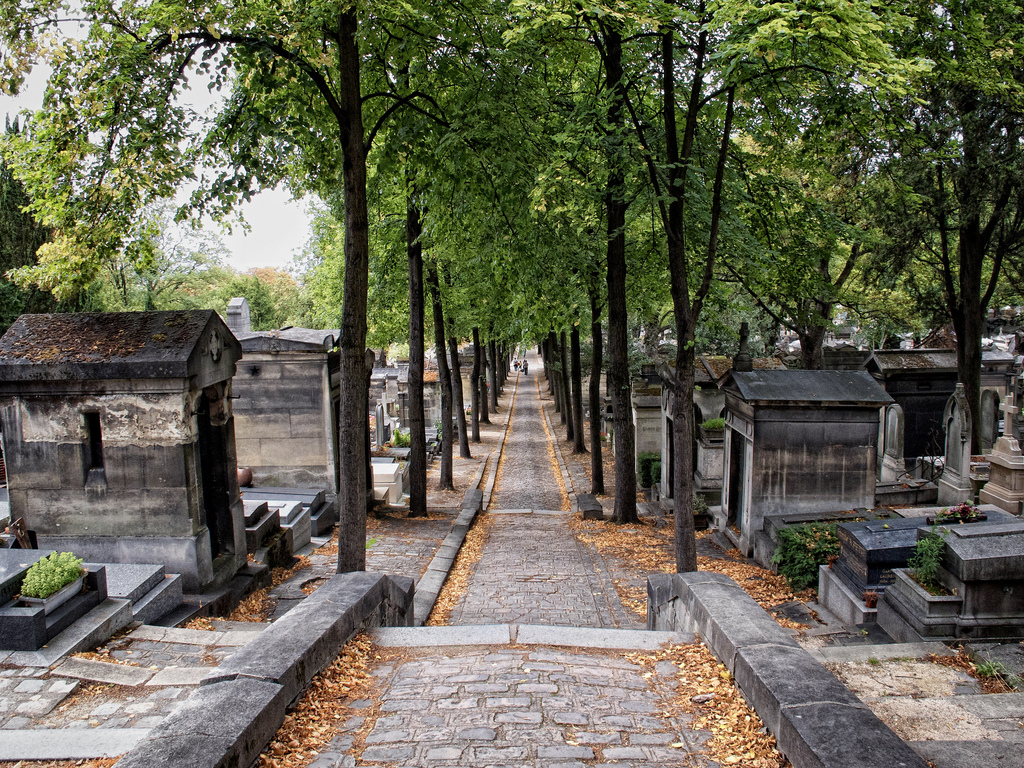
In 1817, the supposed remains of La Fontaine and Molière were transferred to Père-Lachaise (25th division), as were those of Héloïse and Abélard. Thereafter, demand rose sharply, and there were 33,000 tombs by 1830. Between 1824 and 1850, the cemetery was extended six times, bringing it to its current surface area of 44 hectares. The total number of tombs now stands at 70,000.


